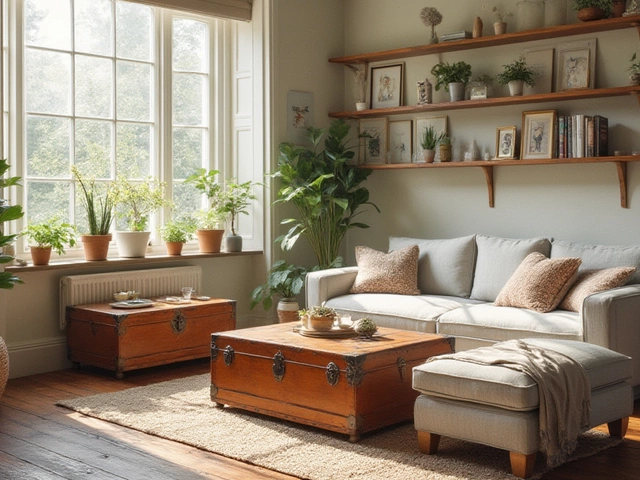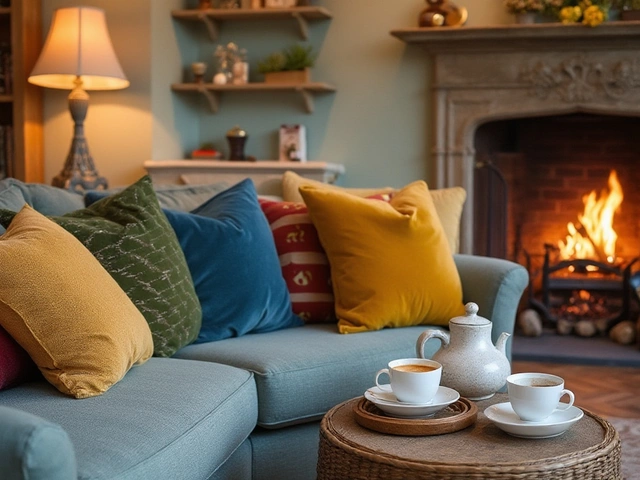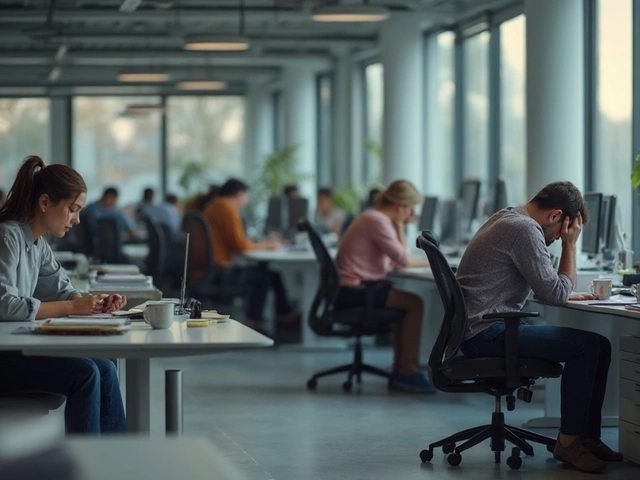TV Positioning Tips for a Better Viewing Experience
Ever sit down to watch a show and end up with a sore neck or glare on the screen? It’s usually the TV’s position, not the program. Getting the right spot is easy once you know the basics – height, distance, and angle. Below are the most useful steps you can take right now.
Height: Keep the Screen at Eye Level
When you’re seated, the middle of the screen should line up with your eyes. Measure the distance from the floor to your eye level (most people sit about 40‑42 inches tall). Then, subtract half the TV’s height to find the perfect mounting point. If you’re using a stand, adjust the leg height or add a low piece of furniture to match the number.
Why does this matter? Looking up or down for long periods puts strain on your neck. A level line of sight keeps you comfortable for binge‑watch sessions or school lessons.
Distance: Find the Sweet Spot
The rule of thumb is to sit about 1.5 to 2.5 times the screen’s diagonal. For a 55‑inch TV, that’s roughly 6½ to 11 feet away. Use a tape measure or just step back and see if you can see the whole picture without moving your head.
If you’re in a small room, a larger TV can still work if you pick a lower distance range. Too close and the image looks blocky; too far and details disappear.
Angle and Glare: Position for Clear Vision
Place the TV so windows are to the side, not directly behind or in front. If you can’t avoid a window, use sheer curtains or an anti‑glare screen. Tilt the TV slightly downward if it sits higher than eye level – most wall‑mounts let you angle it a few degrees.
Check the room with the lights on. Walk around and notice any reflections. A quick adjustment of a lamp or a piece of furniture often fixes the problem.
Now that you’ve sorted height, distance, and glare, you’re set for a comfortable viewing spot. These tweaks are cheap, fast, and make a big difference for students, teachers, and anyone who spends time in front of a screen.
Need to store books or a laptop near the TV? Think about adding a low console or floating shelf at the same height as the TV’s base. It keeps the room tidy and gives you a place for remote controls and speakers without clutter.
Finally, test the setup. Play a fast‑moving video or a game and make sure the picture stays clear across the whole screen. If something feels off, adjust a few centimeters and re‑check.
Good TV positioning isn’t about fancy tech; it’s about simple measurements and a bit of common sense. Follow these steps and you’ll enjoy movies, lectures, and games without the usual aches or glare. Happy watching!





